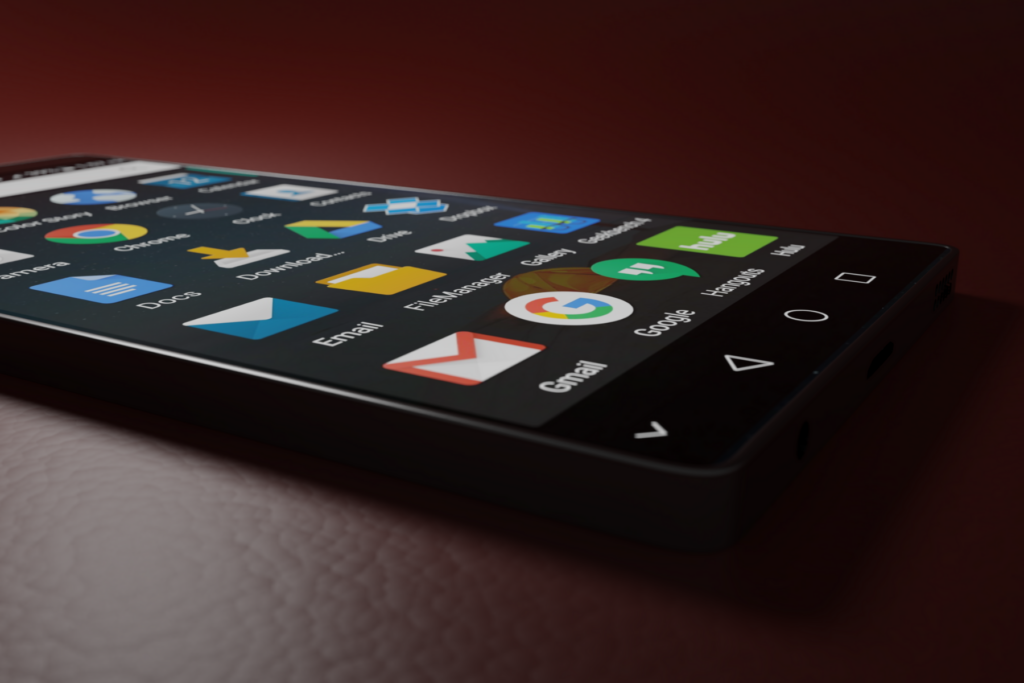A few months ago, we began an incredible journey into the world of Java through a compelling retrospective written in collaboration with Danilo Ventura, Senior Software Engineer at Bitrock. We can move on with our narrative by depicting what happened in the mid- and late-2000s as well as highlighting the developments of Java with the advent of Web 2.0 .
Back in early 2005 there was a major revolution that kicked off what has been called Web 2.0. What is it? Web 2.0 is the revolution in the computer industry caused by the move to the internet as a platform. It’s an improved version of the first world wide web, characterized specifically by the change from static to dynamic or user-generated content and also the growth of social media like, for instance, the first one that was YouTube to publish video. Starting from these years, the web begins to transform itself into a container of platforms.
Ajax and JSON
What was the technical evolution that allowed this to happen? New browsers like Firefox and Chrome took advantage of a new technology called Ajax (Asynchronous JavaScript and XML) which allowed for asynchronous calls. What does it mean? Browsers launch a request and while the response arrives another request can be launched. All this makes web pages more interactive and faster. Pages populate as long as requests are completed. It also changes the very structure of web applications because you no longer have to provide the entire page but only the data.
The web application development changed and new frameworks were based on Javascript. Between 2005 and 2010 came the first JavaScript library for web applications distributed as a free software: jQuery. Later came more powerful frameworks for open source web applications such as AngularJs up to Angular 2 and React JS.
Hence, server-side applications become just data providers. The new interchange of data between client/server applications was based on JSON, which stands for JavaScript Object Notation. This was an open standard file format and data interchange format that used human-readable text to store and transmit data objects consisting of attribute-value pairs and arrays (or other serialisable values).

Java and the Mobile Operating Systems
In 2008, the first commercial Android device was unveiled: this was another important moment for Java. Android is an operating system that basically runs programs that are written in Java and compiled by a Dalvik virtual machine that is able to take this Java code and turn it into the bytecode that is then executed by the Android operating systems. The competitor Apple developed iOS, a parallel proprietary operating system, while Google based everything on Android and the open source language of Java. One more time, Java played a major role as a programming language to write mobile applications.

Criticism of Java
In 2010, the largest database software and technology company Oracle acquired Sun Microsystem, consequently Java became property of Oracle. What changed? Java became a proprietary language and only the latest version remained free. For older versions you still have to go through Java distributors.
Later the Java programming language and Java software platform were criticized by the developer communities for design choices, including the implementation of generics, forced object-oriented programming. New high-level programming languages have been designed to fully interoperate with the Java Virtual Machine version. We can mention Scala released in 2004 as well as Kotlin in 2011.
We have to wait until 2014 for another revolutionary version of Java.
Follow us on LinkedIn and stay tuned for upcoming interesting technology articles on our blog!
Thanks to Danilo Ventura for the valuable contribution to this article series.

